Your message has been sent.
We’ll process your request and contact you back as soon as possible.
The form has been successfully submitted.
Please find further information in your mailbox.


Making the switch to a smart home can feel like an overwhelming task, but it doesn’t have to be. As the world becomes increasingly aware of the potential efficiency and convenience that intelligent automation and remote control offer, many are looking for ways to integrate these technologies into their homes or businesses. With this in mind, we’ve put together a detailed guide on what it takes to create a fully automated “smart home” environment – complete with energy-saving solutions, security measures, IoT appliances, and more. Simply put: if you’re ready to take your living space into the future era of connectedness, read on as we reveal exactly how you can make your dream a reality.
Smart homes technology of the future is taking energy efficiency to unprecedented levels, with features such as smart energy saving providing homeowners with substantial financial savings. For example, through an app, homeowners can remotely activate their washing machine, oven, and dishwasher at times when energy is cheaper during the day and night – depending on where they live – resulting in potentially significant reductions in energy expenses. This level of convenience allows people to enjoy the added benefit of increased comfort while ensuring that energy consumption is kept to a minimum.
Smart charging systems will allow homeowners to easily and efficiently charge their electric vehicles right from the comfort of their own homes. The smart home system will automatically manage the charging process, ensuring that vehicles are charged when electricity rates are low and without any interruptions to the household’s daily routines. This will not only provide added convenience for electric car owners, but it will also help to reduce energy consumption and costs, leading to a more sustainable future.
Home automation systems will be equipped with lamps that vary their lighting temperature throughout the day, a development often seen in office spaces. Scientists contend it can make employees more productive when light follows a person’s circadian rhythms, repeating the temperature of natural light according to the region. While at first warm in the morning and cooler later during the day, these smart lamps gradually shift towards warmer hues in the late afternoon and evening, providing homeowners with an efficient way to mimic the natural outside environment in their abodes.
Another important capability is controlling lighting in the home and on the property. With a timer or motion sensor, homeowners can switch on groups of lights at specific times, such as house lighting during the evening or festive lights for special events. This provides convenience and increases energy efficiency, as lights are only used when needed.

Smart homes of the future are taking the concept of comfort and convenience to the next level, and microclimate control systems are an important aspect of this revolution. The ability to control a home’s air quality, temperature, and humidity is no longer a luxury but a necessity. With the rise of air pollution levels and climate change, it is essential to ensure that our homes are equipped with systems that maintain a healthy and comfortable living environment. The microclimate control system in smart homes improves air quality and helps maintain a consistent temperature and humidity level, promoting good health and well-being. This system not only enhances the living experience but also helps to reduce energy costs, as it only operates when necessary.
The future smart homes will likely be equipped with artificial intelligence (AI) for improved convenience and enhanced efficiency. This intelligent integration capability will enable smart homes to seamlessly adapt to the lifestyles of their inhabitants over time, based on technology-driven observations.
For instance, a predictable sequence of events, such as always first turning on the lights in a certain hall or room for a set amount of time, would be quickly memorized by the AI system and automated going forward with little input from the homeowner. Additionally, AI-powered systems could optimize energy consumption in home appliances, intelligently recognize irregularities, and possibly even alert residents when service technicians are required. As such, next-generation houses could represent unprecedented user experience by accelerating daily household operations while decreasing associated costs.
The concept of integrating technology for new homes into our daily lives is bound to expand within the pet industry and create fully automated smart environments for our four-legged friends. Smart pet homes will allow owners to track their pet’s activity, monitor their health, and provide them with climate-controlled environments even if the owner is out of town. This smart homes technology of the future can also be used to dispense measured amounts of food and treats with precise accuracy, or even provide personalized toys that engage pets throughout the day.

In the future, intelligent households will bring families many exciting opportunities, including improved safety for children. A great example of the use of technology for new homes is the ability to automatically disconnect sockets when there is no device connected to the network by default. By eliminating an easily accessible power source that could be tampered with by curious children and create potential hazards, these solutions can help families rest easy knowing their kids have one less risk factor in their environment.
The intelligent homes of the future promise to drastically improve our lives, particularly in terms of health and ecology. Such dwellings are outfitted with special sensors that measure air pollution, intelligent surfaces that adapt to our needs, and automated systems for activating air cleaners and humidifiers. Additionally, ultraviolet sterilization and spraying certain substances can empirically sanitize entire premises. Purification processes could even be tailored to individual objects, such as those in the bathroom.
With the emergence of more sophisticated and efficient technologies, home security is evolving faster than ever. In recent years, fingerprint-based and face ID security systems have become increasingly popular among homeowners. For instance, fingerprint-based systems are designed to recognize specific human fingerprints and use them as an authentication tool to access a property. Similarly, face ID security systems identify a person not just by their physical appearance but also by using an advanced facial recognition system that stores individual biometric data to gain entry. Such advanced technologies make it easier for people to feel secure in their dwellings while making it difficult for criminals or unwelcome persons to gain access without permission.
Smart homes will be equipped with advanced systems that allow for complete control and management of various features and surroundings. This includes the management of roller shutters, control of hacking, signal transmission to security companies, control of entrance gates, the fence and perimeter video surveillance system. With the ability to determine the presence of outsiders on the site when the tracking mode is turned on, residents can rest assured that their properties are secure and protected at all times.
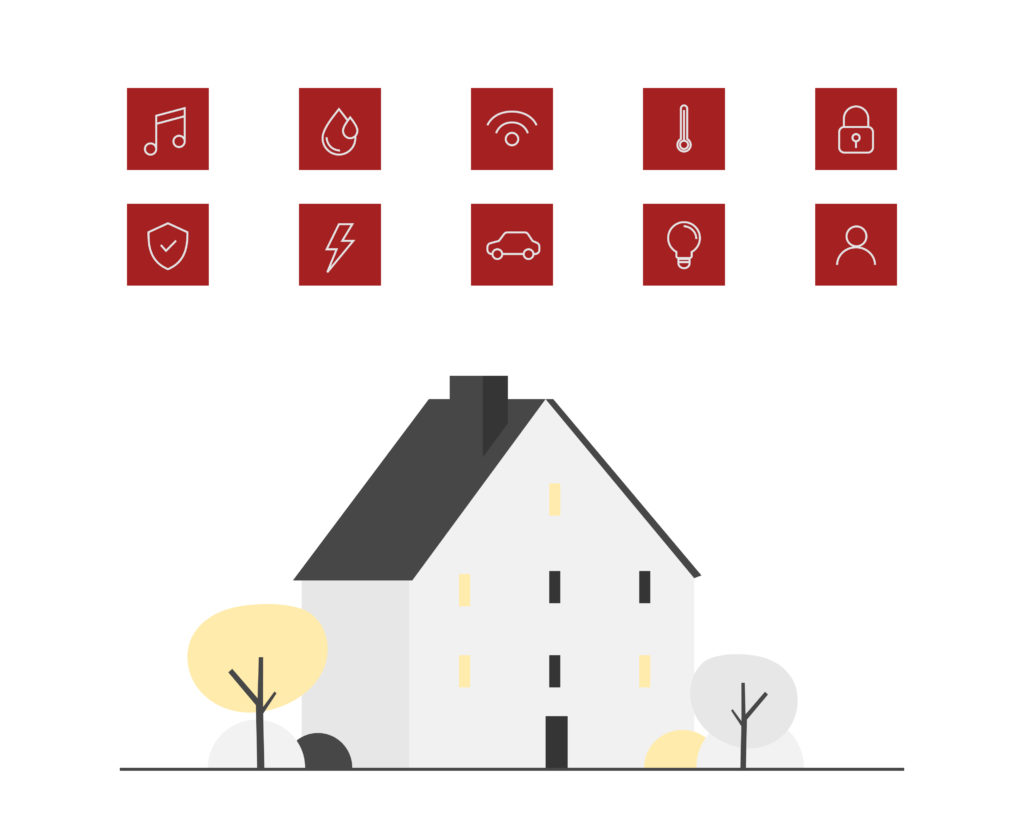
Smart homes of the future are designed to simplify and improve our lives in the most efficient way possible. A key component of this is having built-in water purification systems, which help to ensure that the water we use is safe and clean.
Additionally, with a smart home system in place, people can monitor what types of impurities are entering their water supply in real time. Whenever something changes or a new contaminant enters the supply, homeowners can be alerted immediately so that immediate action can be taken. Finally, built-in water purification systems offer peace of mind by ensuring that harmful materials don’t get into drinking water unknowingly. It’s an innovative technology for new homes designed to make life easier while providing extra benefits like better health and safety.
The smart home of the future will be able to protect its homeowners from various threats, including hazardous substances. One example is the automatic shutdown of the air access system from the street if the concentration of hazardous substances reaches a critical level. This higher layer of protection creates a safe environment for those within it. This will ensure that homeowners are not exposed to harmful substances and that their safety is the top priority. Smart bomb shelters utilizing this kind of technology in their design will give users peace of mind, knowing they are well-prepared and protected.
Smart windows of the future present a variety of exciting possibilities. From automatic ventilation in a room based on the desired temperature to the ability to regulate light absorption depending on solar radiation activity. Smart windows that can imitate sunlight already exist and could be especially beneficial for cloudy regions to ensure healthy physiological cycles in the body. Additionally, advances in smart homes technology of the future have already enabled smart curtains for lighting – capabilities unimaginable ten years ago.
Home automation systems will be able to control blinds and roller blinds based on various environmental factors. The level of illumination, the position of the sun, and user control signals can all influence the movement of these features. Additionally, smart homes can be equipped with sensors that monitor the weather and automatically adjust the window drives accordingly. For example, in the case of rain, windows on the roof must close to prevent water damage, and in the case of strong wind gusts, windows will also close for safety reasons. This level of automation provides convenience and peace of mind for homeowners.
Smart home app development could provide users with efficient access to various components of their smart home – from controlling thermostats and lights to starting their morning coffee. By offering an intuitive UI/UX designed interface, users can be sure to have consistent and secure access to all the features their smart home has to offer. Additionally, this could make the numerous benefits these technologies offer more accessible for the everyday consumer. We may soon be able to automate our traditional houses with the help of proper app development and utilizing the latest techniques, such as AI and machine learning.
While some may worry about the security risks associated with interconnected devices, the benefits of a smart home outweigh the potential downsides. With proper precautions in place, we can all look forward to a future in which our apartments are more efficient and comfortable than ever before.
Rate this article:
4.8/5 (45 reviews)
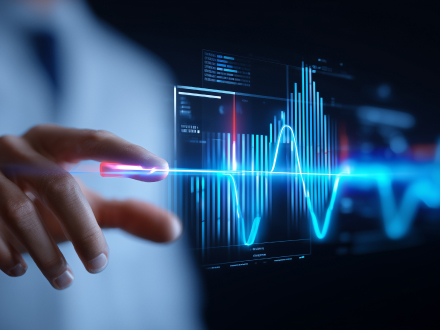
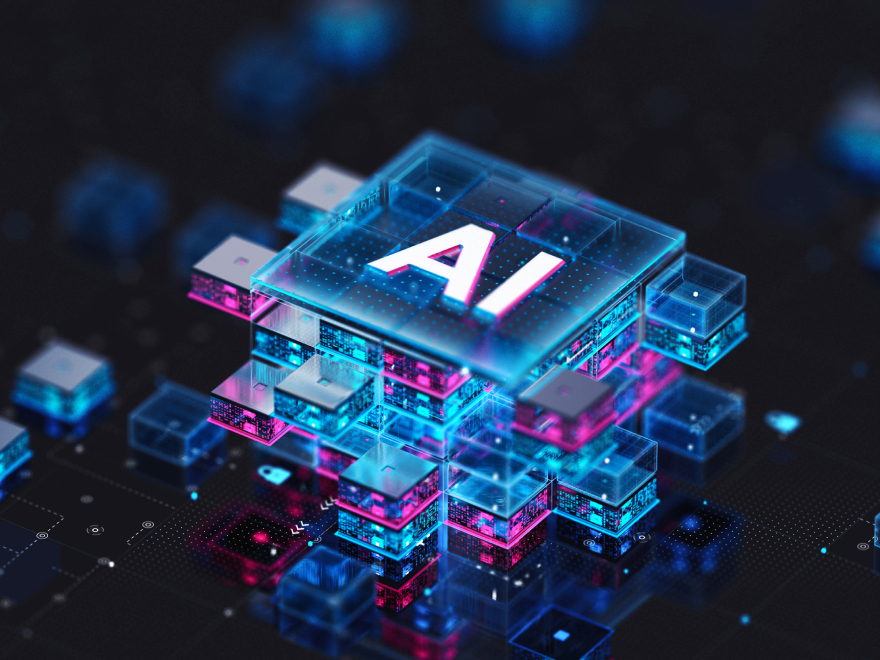


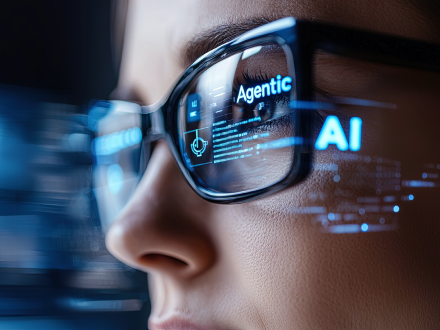



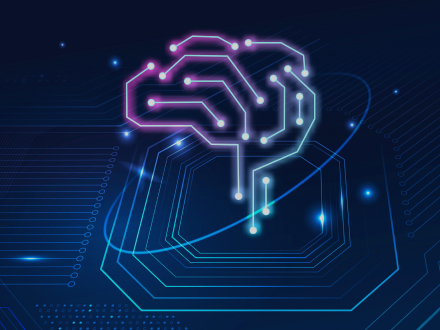
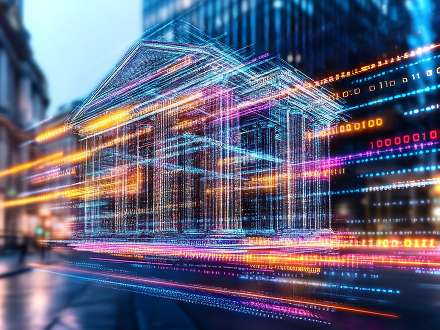
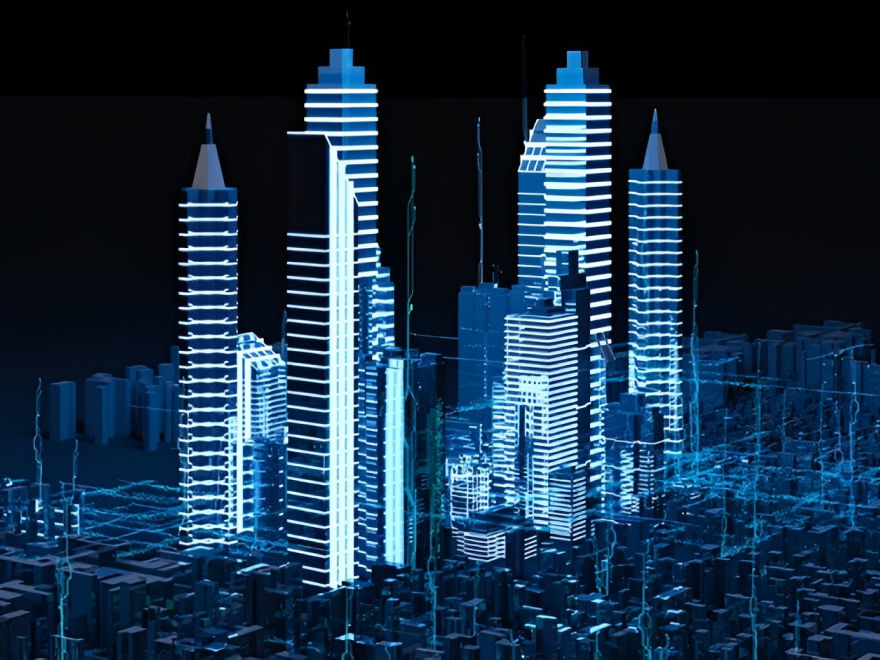
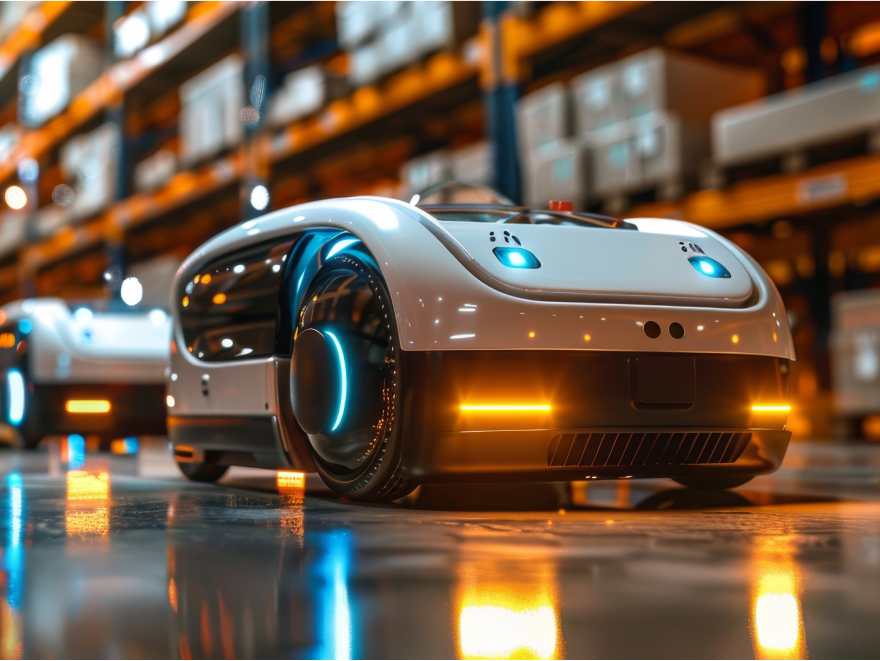
Your message has been sent.
We’ll process your request and contact you back as soon as possible.

By signing up you agree to our Privacy Policy, including the use of cookies and transfer of your personal information.